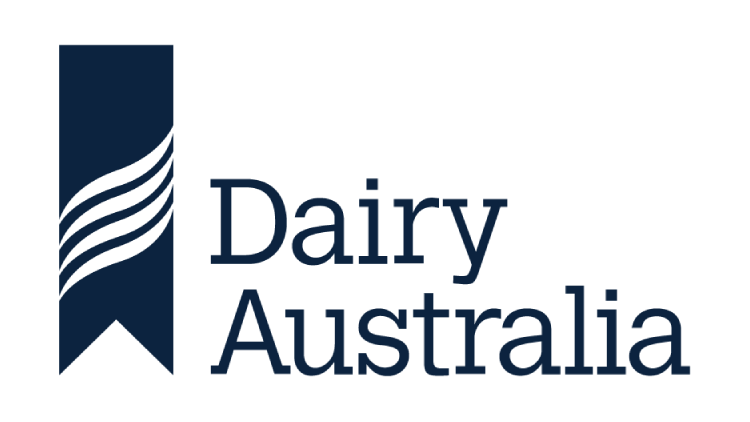Promotional Features
Food literacy: Improving food conversations and behaviours
Our relationship with food is becoming fractured, and seemingly more complicated as time goes by. As diet-related chronic disease rates rise, and conflicting nutrition messages flood our news, the importance of food education cannot be underestimated.1
We know it is increasingly difficult for patients to navigate this complex environment themselves, and this highlights the growing need for healthcare professionals and educators to readdress the way we speak about food with our patients.
The term “food literacy” has been used frequently and broadly across healthcare disciplines, in differing contexts and scenarios. By definition, food literacy refers to the “collection of inter-related knowledge, skills and behaviours required to plan, manage, select, prepare and eat food to meet needs and determine intake”. It empowers individuals, households, communities, or nations to protect diet quality through change and strengthen dietary resilience and reflects a diverse range of food-related outcomes including chronic disease risk, life skills, ecological sustainability, and economic growth.2,3
It’s important to consider food literacy when supporting our patient’s understanding of health and wellbeing, taking into consideration the many influencing factors of their dietary choices. In particular, the way different people consume dairy is influenced by many factors of food literacy. As such, to encourage consumption of nutritious foods, such as dairy foods, healthcare professionals need to consider these factors when providing advice.
Here’s a recap on four simple ways to incorporate food literacy into your consultations, with a focus on how this applies to the dairy food group.
1. Familiarise patients with balanced diets, as per the Australian Dietary Guidelines4
A balanced diet refers to eating a wide variety of foods from within and across the five food groups. It is key to remember that there is no one “right” way to eat, and that a healthy, sustainable diet is one that takes into consideration an individual’s preferences, traditions, culture, and budget.
The Australian Dietary Guidelines recommend:
- Plenty of vegetables of different types and colours, plus legumes/beans
- A variety of fresh fruit
- Grain (cereal) foods, mostly wholegrain and/or high cereal fibre varieties, such as breads, cereals, rice, pasta, noodles, polenta, couscous, oats, quinoa and barley
- Lean meats and poultry, fish, eggs, tofu, nuts and seeds, and legumes/beans
- Milk, yoghurt, cheese and/or their alternatives.
Serves from most food groups are straightforward and easy to remember, but given around 8 in 10 Australians fail to get their minimum recommended intake of dairy foods, a reminder of what equals a serve of dairy goes a long way; a serve from the dairy food group is a cup (250ml) of milk, three-quarters of a cup (200g) of yoghurt, two slices (40g) of cheese and half a cup (120g) of ricotta cheese.
2. Use hands-on exercises such as reading food labels and demonstrating portion sizes
Knowing how to read food labels and navigate health marketing enables people to make healthier food choices, and understanding recommended serve sizes helps with appropriate consumption.
Take for example dairy compared to plant-based alternatives. A recent consumer survey found that 1 in 2 Australians believe foods labelled ‘plant-based’ are healthier simply because of this label.5 However, research shows that many plant-based dairy alternatives struggle to replicate the unique nutrient package dairy offers, with a large variation in nutritional quality, particularly when it comes to protein, vitamin A, riboflavin, cobalamin, iodine and zinc content.6 The inferred belief that these alternative products are a healthier choice could compromise intakes of bone-health promoting nutrients, including protein, calcium and zinc, highlighting the importance of educating patients about label reading.
3. Kickstart the conversation about patient’s personal lifestyle choices through positive and encouraging prompts
Here are some conversation starters that can help encourage a better understanding of your patient’s food literacy and eating patterns;
- What is your/your family’s favourite dinner?
- What are some of your/your family’s food routines?
- Who does the grocery shopping and who cooks?
- Does healthy eating seem hard or unrealistic?
Further to this, collaborative solutions can be developed after identifying barriers to healthy eating which may arise during the consultation. Understanding a patient’s lifestyle is imperative to ensuring nutrition advice is tailored and suitable. With such a multicultural community, Australians consume different foods in a variety of ways; recent research found dairy to be a very cultural food group.7 Be sure to understand the types of different foods your patients enjoy, including different types of dairy products, and how and when they prefer to consume them.
4. Overcoming common barriers by offering small, actionable solutions
Food behaviour change is hard. Empathise and discuss mutually-agreed, actionable changes for your patient to address their identified challenges.
- Cost Where applicable, help patients understand that healthy eating is for everyone, regardless of income or budget. For example, if fresh fruit and vegetables are not accessible, suggest frozen or canned alternatives. In the case of dairy products, discuss affordability and nutrient density – dairy foods provide a cost-effective way to pack high quality calcium, protein and 10 essential nutrients into a healthy, balanced diet.
- Time constraints Encourage cooking at home by suggesting at least one cooked meal a week. If time on weeknights is limited, suggest preparing batch meals on the weekend that can be eaten throughout the week.
It is important that healthcare professionals place emphasis on tailored nutrition and lifestyle counselling, across health disciplines. Healthcare professionals are best placed to help individuals make better, well-informed lifestyle choices, leading to prevention, better management, and improvement of chronic disease. Improving food literacy is the first step towards better, nutrition-focused health outcomes.
References
1. Colatruglio S, Slater J. Food literacy: bridging the gap between food, nutrition and well-being. In: Deer F, Falkenberg T, McMillan B, Sims L, eds. Sustainable well-being: Concepts, issues, and educational practices. ESWB Press;2014:37-55. Accessed March 14, 2023.
2. Vidgen HA, Gallegos D. Defining food literacy and its components. Appetite. 2014;76:50-59.
3. Fingland D, Thompson C, Vidgen HA. Measuring food literacy: Progressing the development of an international food literacy survey using a content validity study. International Journal of Environmental Research and Public Health. 2021;18(3):1141-1158.
4. National Health and Medical Research Council. The guidelines. Accessed March 14, 2023.
5. Lewers Research. Dairy Australia Trust Tracker. Accessed March 14, 2023.
6. Zhang YY, Hughes J, Grafenauer S. Got Mylk? The emerging role of Australian plant-based milk alternatives as a cow’s milk substitute. Nutrients. 2020;12(5):1254-1255. 10.3390/nu12051254
7. Dairy Australia. Dairy and food culture: enriching dietary patterns and multicultural Australia. Healthy sustainable diets. 2022. Accessed March 7, 2023.

